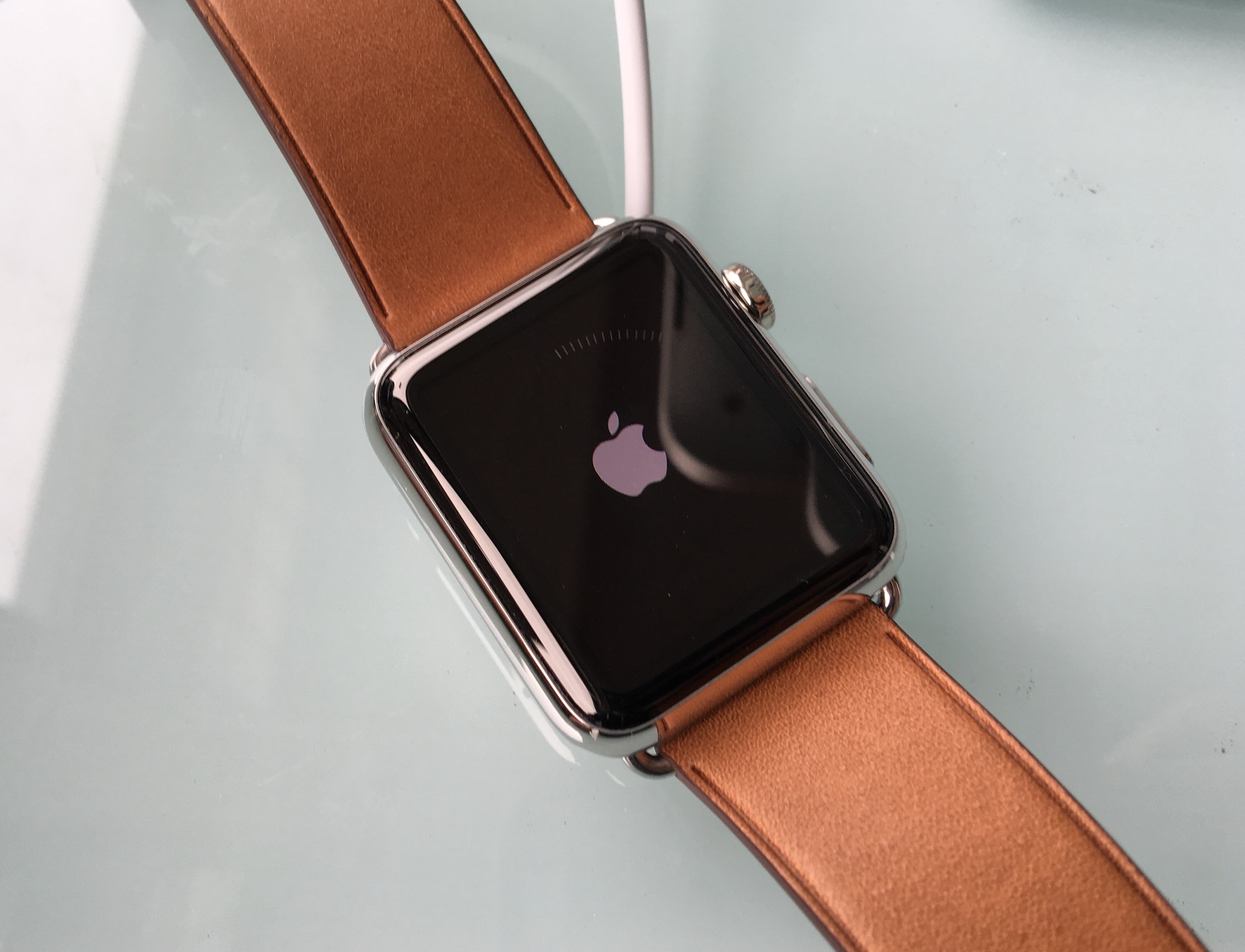
Based on estimates from Bernstein Research and Above Avalon, the Apple Watch is believed to have sold between 12 and 13 million units in its first year on the market. This is twice the amount of iPhones sold when that device initially debuted.
If the average price is calculated at $500, this number also represents approximately $6 billion dollars of revenue, several times Fitbit’s $1.86 billion USD 2015 earnings. According to global research firm IDC, the Apple Watch accounted for 61 percent of all smartwatch sales last year.
Having just marked its first anniversary on Sunday, the Apple Watch has lately been subjected to many articles and blogs summing up its first year. The consensus is generally that despite its sales success, the watch’s performance has not lived up to its full potential. Some of the major complaints are that it doesn’t have a built-in GPS, it doesn’t feature enough useful apps, users have to charge it every night and its processing power is low.
There are big changes on the horizon, however, for the Apple Watch. On April 23rd it was announced that all Apple Watch apps submitted after June 1st must run native watchOS 2 code, meaning they have to run on the watch itself, not a paired iPhone.
This will improve loading times significantly. In addition, The Wall Street Journal‘s Daisuke Wakabayashi reported that the next version is also likely to feature an improved processor and cellular connectivity.
Related reading: Apps for the Apple Watch submitted after June 1st must run native watchOS 2 code
[source]Bernstein Research[/source][via]The Wall Street Journal[/via]
MobileSyrup may earn a commission from purchases made via our links, which helps fund the journalism we provide free on our website. These links do not influence our editorial content. Support us here.


